800–2000 CE
China and Japan in the Modern Period
Che-Chia Chang
Associate Research Fellow, Institute of Modern History, Academia Sinica
Many monks utilize medicine as a mean for religious purposes, so some images of internal organs appear in this context. Of the images selected this time, two were determined to be made to teach medical doctrines, and the images serve as powerful visual aids to make the meaning of the text clearer. Fig 3 faithfully reproduces the painting details and graphic correspondence of Western anatomy books (Saunders & Lee, 1981). Although the original intention was to show the emperor alone, the Jesuits also expected that his Majesty would order it to be published throughout the Empire. A manuscript in Fig 2 suggests that the scroll is the product of an esoteric trend, and the student who asked to accept it must never show it to anyone other than his future successor. However, the relationship between the viscera and cosmic elements depicted in the picture scrolls is in line with the mainstream theory without much peculiarity. Therefore, some scholars believe that it mainly plays a role in ritual medicine (Triplett, 2015). Scholars also suggest that Fig 1 has played its role in a ritual (Robson, 2014). To hide the viscera model inside the Buddha statue forever, it is assumed that only the moment it is placed will be seen by others. Even so, reverently crafted models should still reflect the visceral image in the maker’s mind. Surprisingly, this case is different from the case of the orthodox internal organs, making one wonders whether other versions of the human body view are circulated among the people. Only Fig 4 is the one where the intestines appear alone. This image is open to viewing in the public sphere. Intestines do not have the same priority as the five internal organs in Chinese medical traditions. But it is no less active in the everyday language of the people. The word “entrails all cut” is said to have originated from an actual anatomical observation of a mother monkey who lost her beloved child in the fourth century, and is used to describe extreme grief. The Fig 4 story takes this rhetoric in another direction. The hero annihilated the enemy in excruciating pain, so his bravery deserved to be a god.


